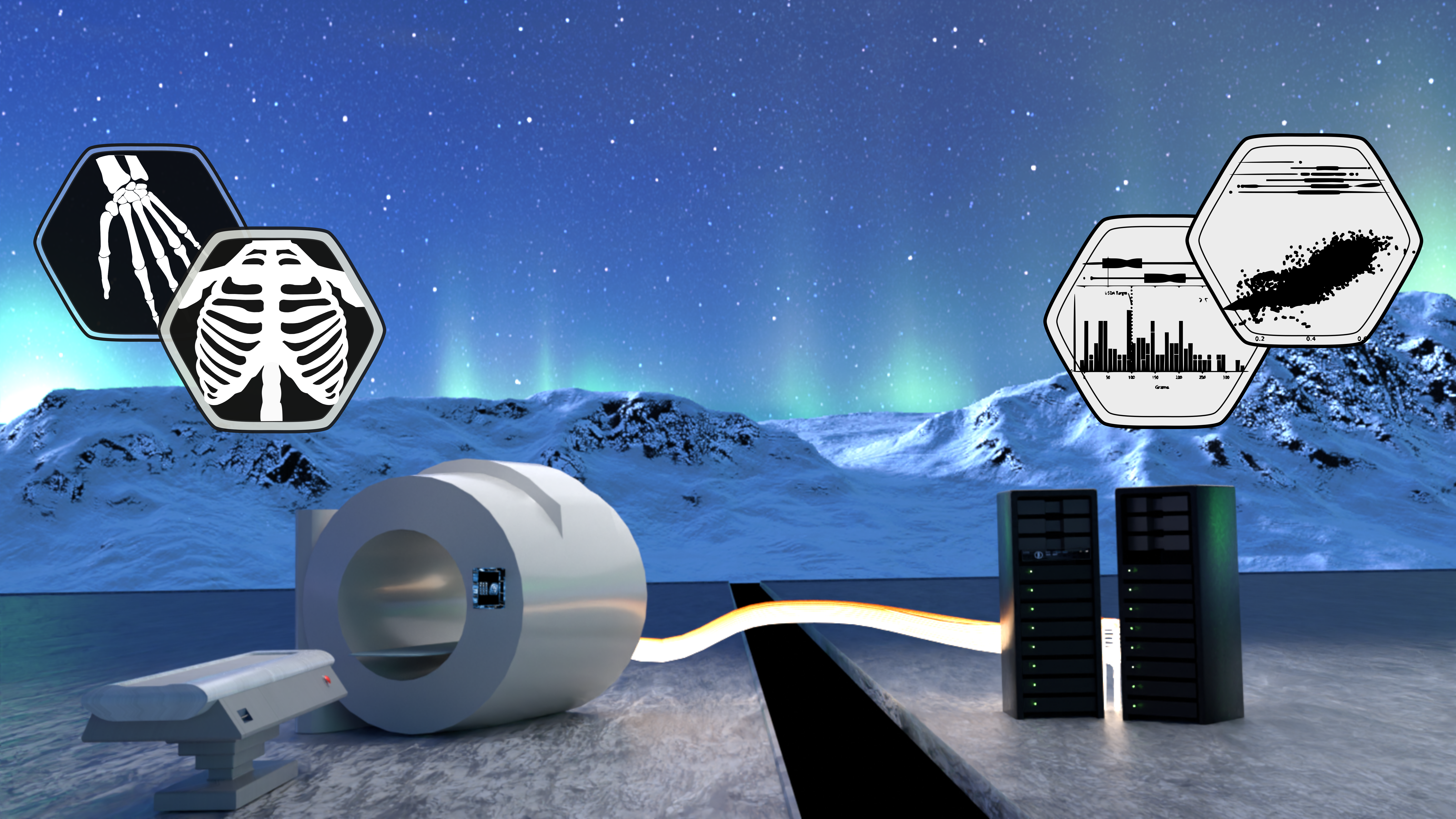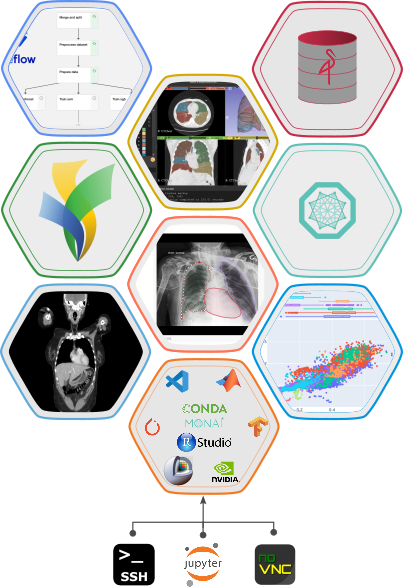MAIA: Bridging the Gap Between Medical AI Research and Clinical Adoption
MAIA is a medical AI platform developed within MINNELab by Simone Bendazzoli. It was designed to address a critical challenge in medical AI: bridging the gap between research innovation and clinical adoption.
In medical AI, isolating individual stages of the development process often obstructs the advancement of impactful research. Fragmented workflows limit the potential for iterative improvement, validation, and — critically — translation into clinically usable solutions.
For example, a lung nodule detection model developed in isolation, without collaboration with radiologists or IT and infrastructure planning, might perform well in a lab setting but fail to integrate with hospital systems like PACS. Without clinical input and a continuous feedback loop, even promising AI models may remain unusable, rendering the research effort ineffective.
To overcome these challenges, there is a growing need for a shared, open, and collaborative environment. Such a platform allows knowledge, models, and algorithms to be freely exchanged between research groups and institutions, promoting iterative evaluation and collective advancement.

Introducing MAIA
With this vision, MAIA was developed as a medical AI platform built to:
- Promote collaboration across diverse areas of expertise
- Integrate all stages of the AI lifecycle within a unified environment
- Allow open sharing of models and algorithms between researchers
- Facilitate clinical validation through direct integration with hospital infrastructures
Key Features
MAIA supports the complete AI lifecycle, incorporating:
- Active learning with human-in-the-loop refinement
- Integration of deep learning models with PACS for automatic segmentation of incoming DICOM images
- Federated learning across institutions, enabling collaborative model improvement without sharing patient data
By connecting researchers, clinicians, and infrastructure in a single platform, MAIA bridges the critical gap between medical AI research and clinical adoption, accelerating the translation of innovative models into solutions that truly impact patient care.
Current Usage
MAIA has been the main research platform at KTH in the Division of Biomedical Imaging for the past two years, serving over 80 PhD students, Master students, postdocs, and participants in master-level courses.
On the clinical side, a deployment at the Radiology Department of Karolinska University Hospital is enabling closer collaboration between AI researchers and radiologists. MAIA is currently used for projects including:
- MRI bone metastasis segmentation
- Brain MRI metastasis segmentation
In these projects, AI researchers develop models directly from raw DICOM images imported into the MAIA platform, while radiologists play a key role in several steps, including active learning and smart annotation to refine predicted lesions. This integrated workflow ensures that AI models are both technically robust and clinically relevant.
Current and Future Directions
We are exploring the integration of large language models (LLMs) into radiology workflows to enable automatic report generation directly from medical images and corresponding segmentation masks as ROIs.
This will allow a seamless pipeline from image acquisition, AI-based analysis, segmentation, and finally to structured clinical reporting — helping to further accelerate clinical adoption of AI.
We welcome collaborations — if you are interested in contributing or exploring these capabilities, feel free to reach out!
Publications
Our work about MAIA is available as an open-access article on NPJ Artificial Intelligence:
Learn More
GitHub: https://github.com/minnelab/MAIA
Documentation: https://minnelab.github.io/maia/
Research Platform Webpage at KTH: https://maia.app.cloud.cbh.kth.se
Workshop Slides and Material for AIDA TechDays event: https://minnelab.github.io/MAIA-AIDA-TechDays-Workshop/
